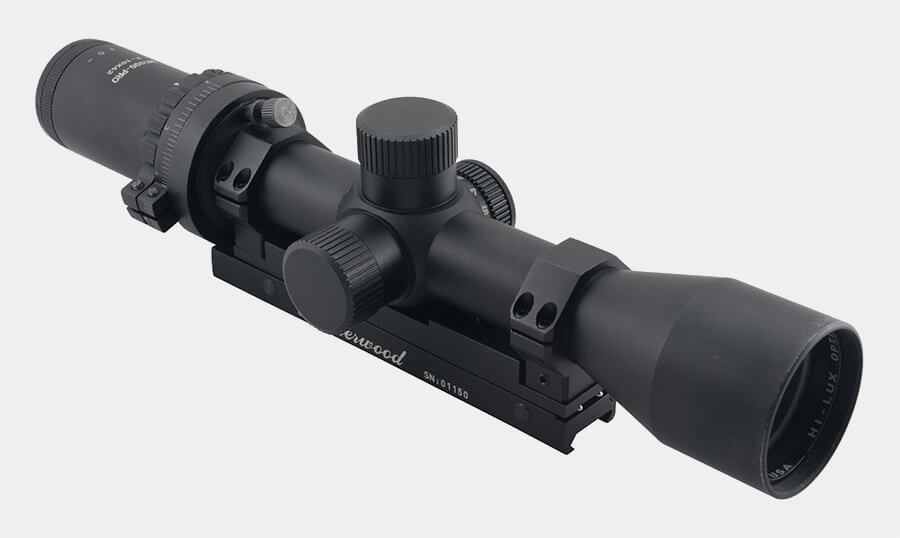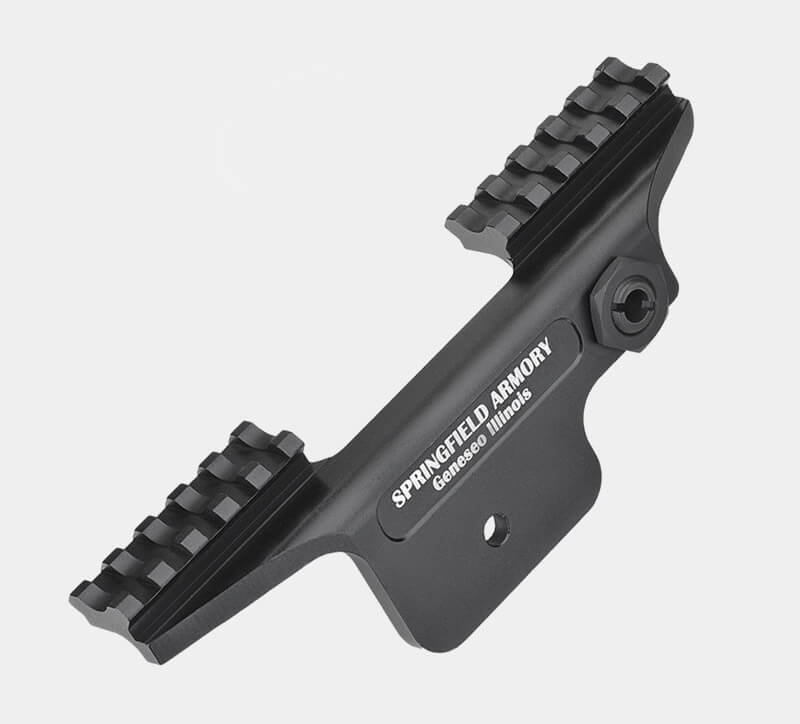Review: Hi-Lux Leatherwood ART Scope on the M1A
May 2nd, 2021
5 minute read
The history of the role of the sniper in the U.S. military is a complicated one, in many cases being based around a standard military rifle being pressed into the role (read about the specialized M1 Garand sniper rifles.)
While today our military enjoys capable precision rifles designed precisely for that role, in many cases necessity truly is the mother of invention — and this was no more true than in the case of U.S. troops in Vietnam.
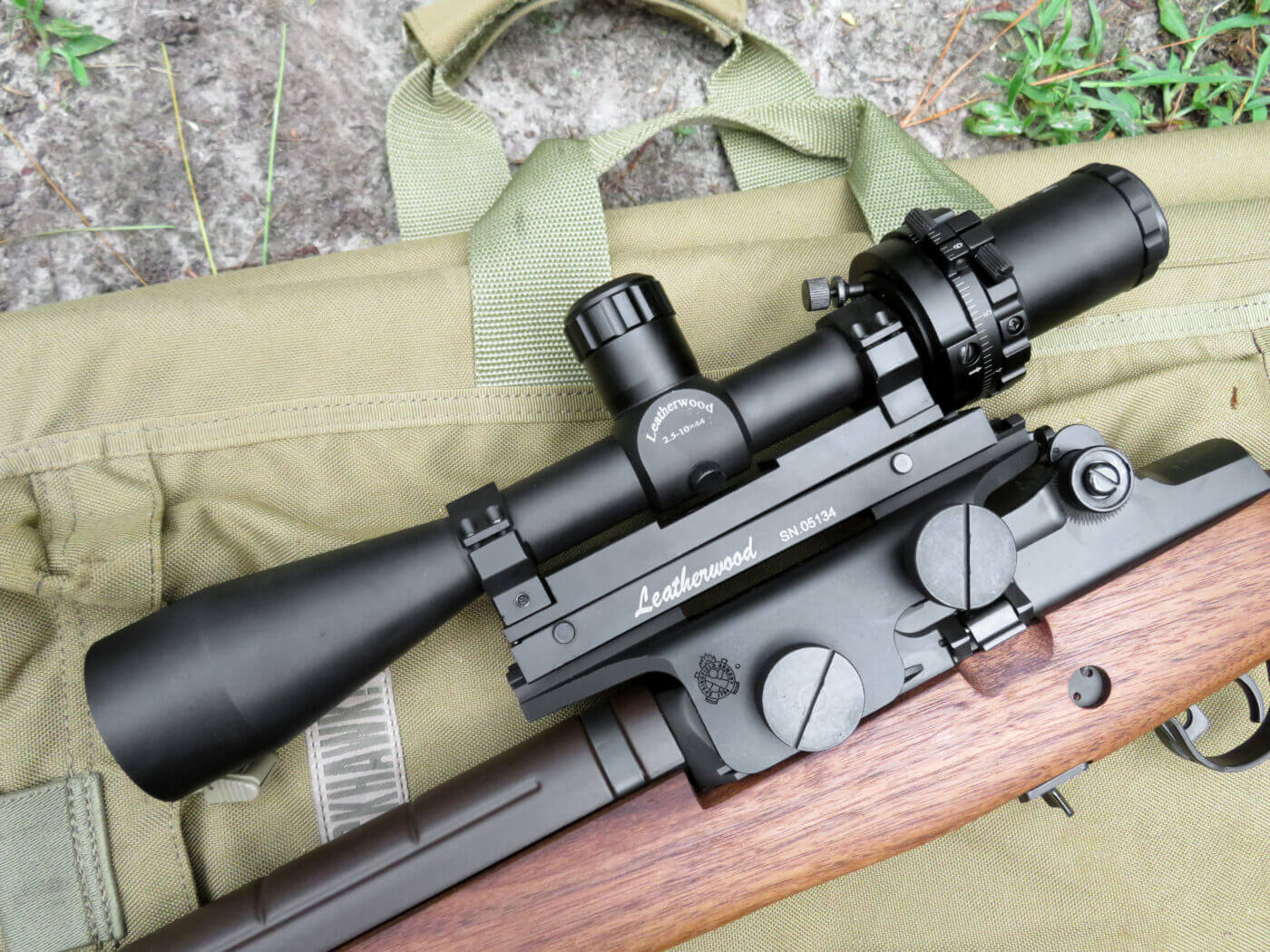
During the war in the late 1960s, our troops were being systematically picked off by enemy sniper fire. The Viet Cong were exceptional guerrilla fighters and used sniping tactics to disrupt troops. Our guys didn’t have the equipment nor the training to adequately fight back at that time. As a result, there was a real need not only for sniper rifles but trained snipers.
The Solution
A new scope, along with the capable M14 rifle, was the reason grunts in country quickly became effective snipers during the Vietnam War. In a matter of a few weeks training, the prey became the predators, and it could not have come faster.

That scope was the ART scope, and it was designed by James Leatherwood in 1964, who at that time was a second lieutenant in the Army. Leatherwood had patented a design for a ranging scope called the Automatic Ranging Telescope, or “ART.” The ART scope is perhaps the easiest-to-use sniper scope ever devised.
The M14 mounted with an ART scope made fighting back as easy as “frame, aim and shoot,” a phrase coined during the three-week sniper training program. In 1969, the Army asked for volunteers for sniper training, and in a rear area volunteers were handed a customized National Match M14 target rifle (which became known as the XM21) with a daytime scope — the ART scope — as well as a nighttime scope.
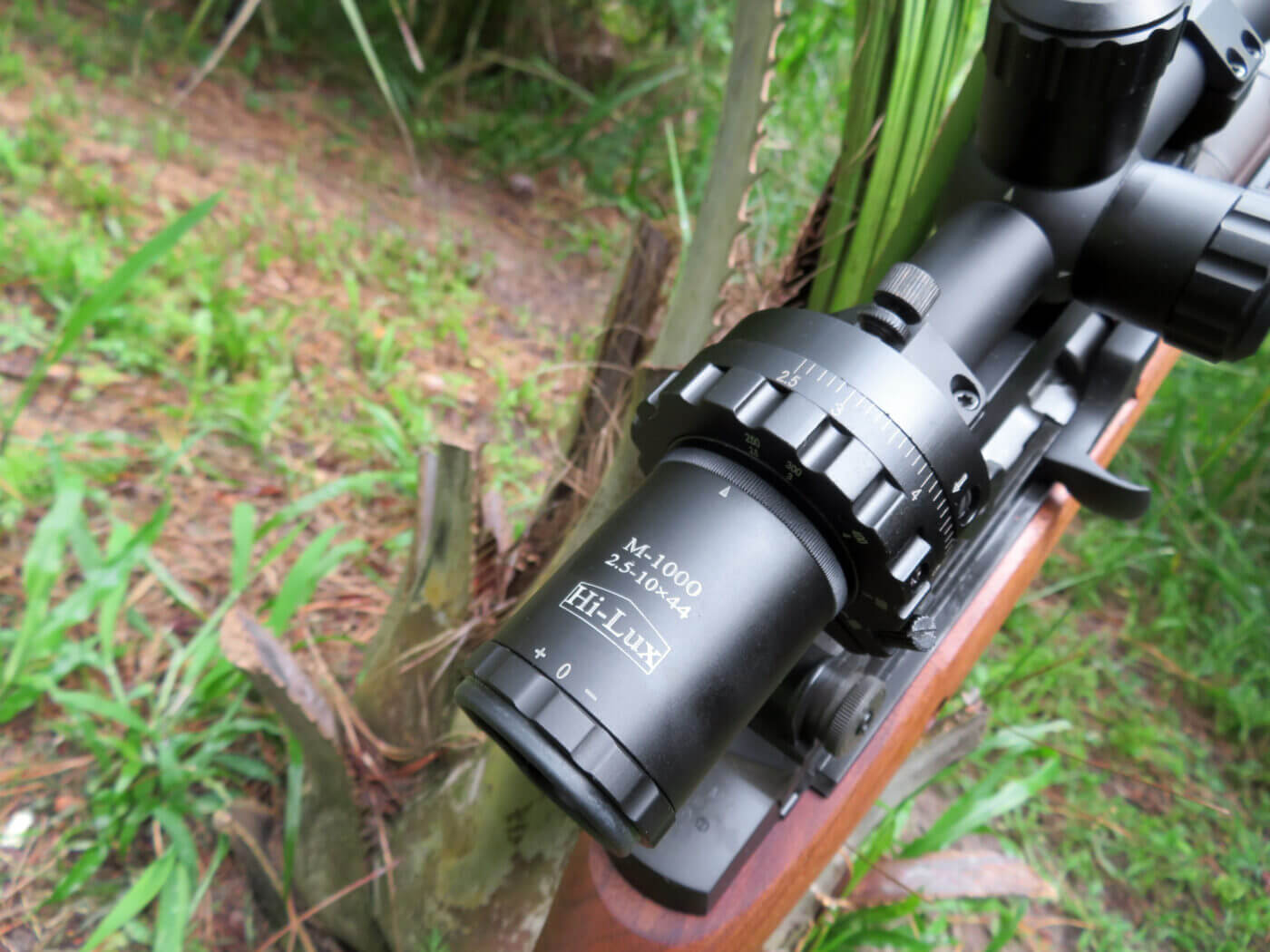
The M14 was chambered in 7.62x51mm NATO and used a detachable 20-round magazine, which were great improvements over the M1 Garand which it replaced. The M14 proved to be quite capable as a sniper rifle when paired with the Leatherwood ART scope. It was accurate and reliable, and provided a fast follow-up shot.
The XM21 equipped with the ART scope had a dramatic effect on the average grunts’ marksmanship at distance. Unlike traditional optics, the ART scope uses a cam system to raise or lower the rear of the scope as the zoom was rotated. This meant all a shooter needed to do was rotate the magnifier zoom ring to adjust focus and the trajectory was automatically adjusted, too. In other words, all the shooter needed to do was zoom in on the target and frame it in the reticle tick marks.
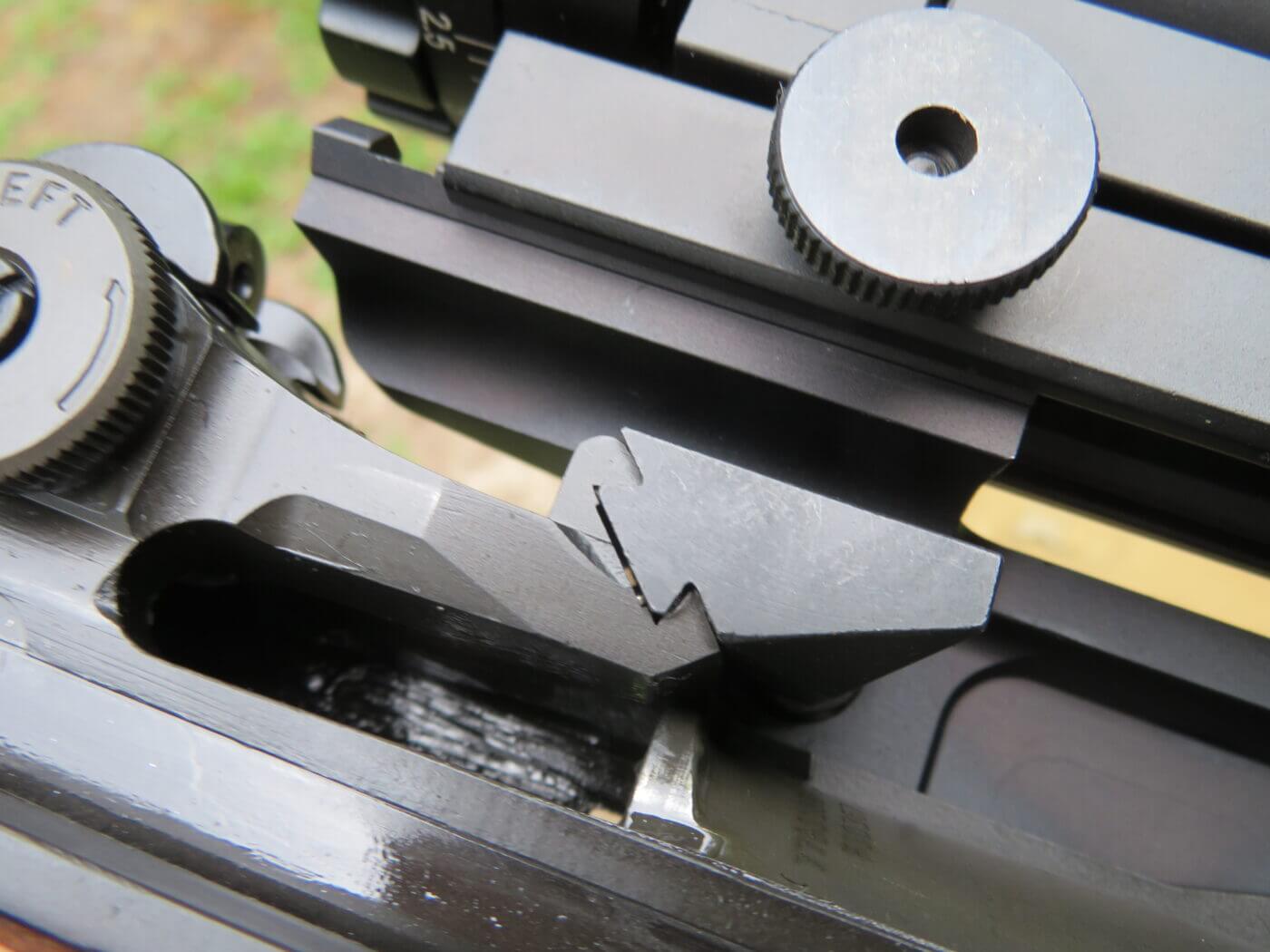
The reticle has strata marks that indicate 30″ at 300 yards, which is about the top of the head to the belt line of an enemy combatant. The built in cam raises or lowers the scope to compensate for the range and automatically adjusts the bullet trajectory. All the shooter does is aim at the target with a dead-on without a hold-over. The ART took out all the hold-over guess work. The only guess work required was to compensate for the wind.
U.S. Army sniper Sergeant Adelbert Waldron used an XM21 and had 109 confirmed kills during the Vietnam War. This record stood until Chris Kyle broken it with 150 confirmed kills during the Iraq War. In one encounter, which earned Waldron the Silver Star, Waldron set up in a night position and observed enemy movement to his front. Disregarding his own safety, Waldron engaged the enemy for over three hours before his position was detected. He was forced to withdraw from the area, but only after mortally wounding 11 enemy combatants.
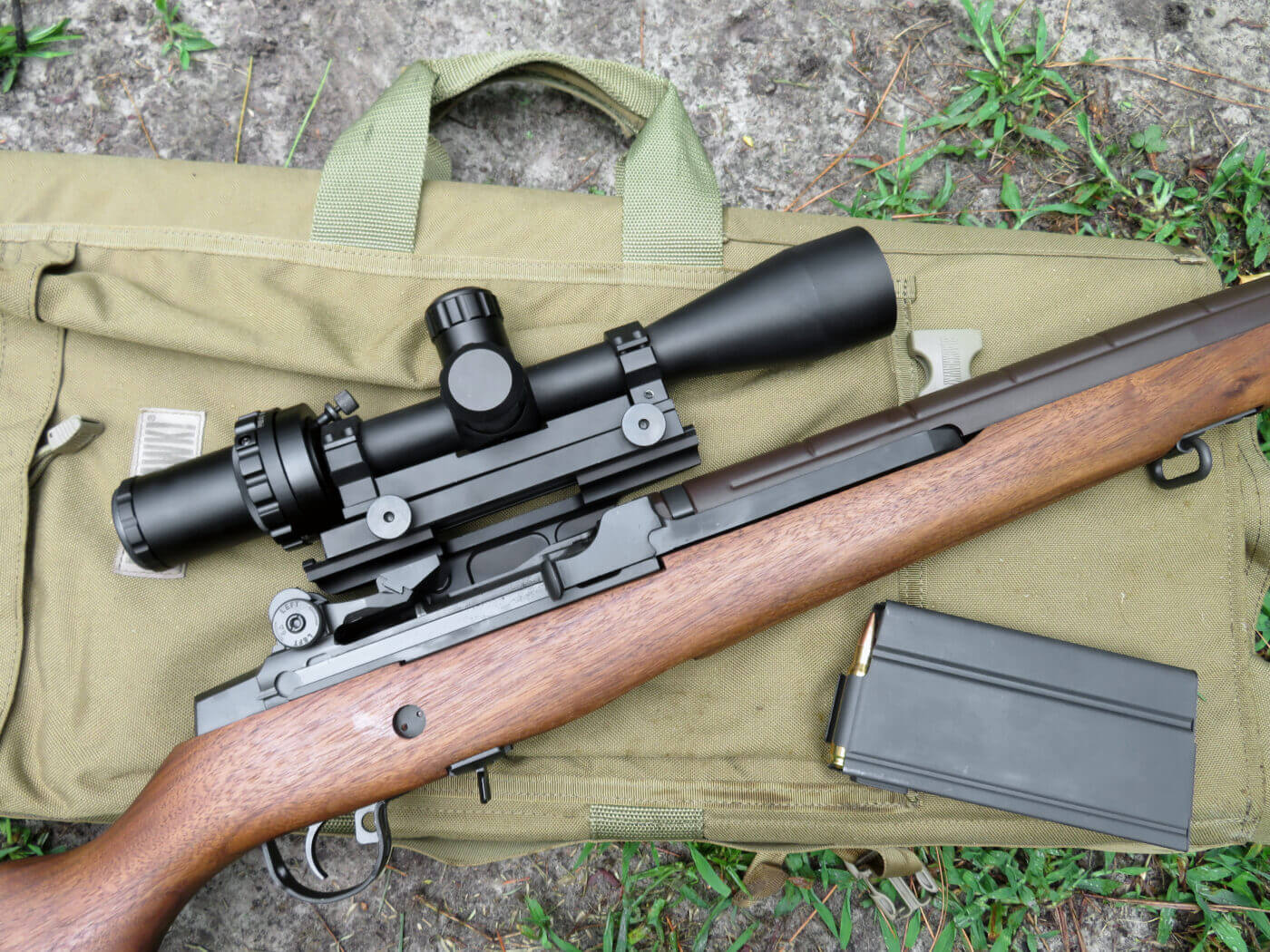
Current Option
Though the ART scope may seem outdated by today’s hi-tech optics, a variant is still being produced. A modern reproduction of the ART scope is produced by Hi-Lux Optics called the Leatherwood M-1000 2-10x44mm scope. They also produce a 6-24X model. Both scopes use a Mil-Dot reticle that can range 18″ or 1-meter targets. This reticle is a more modern, than the original. Remember the phrase: Frame, aim and shoot.
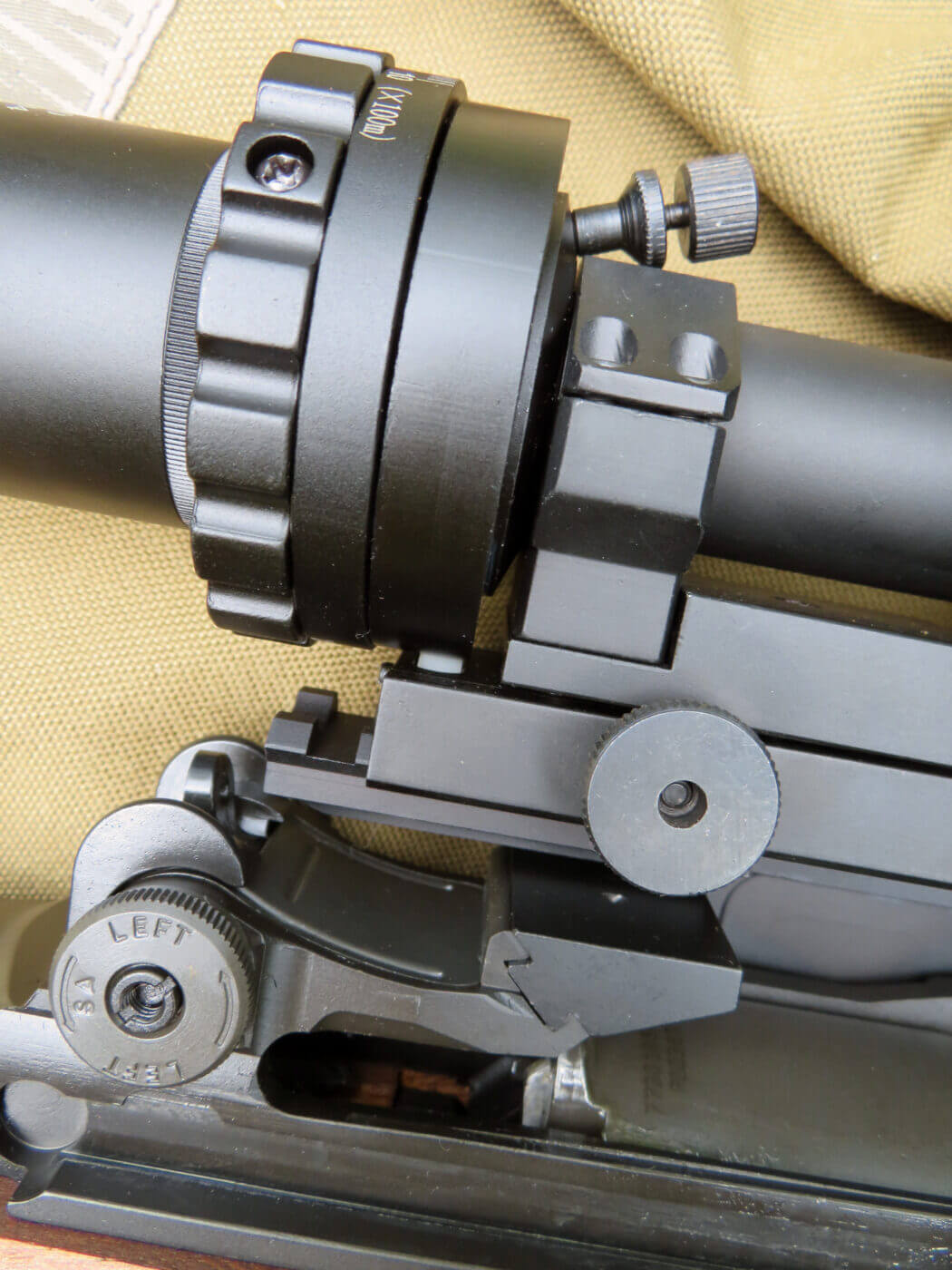
In practice the shooter uses the zoom dial to frame the reticle’s strata marks on the target. As the shooter does this the ART automatically compensates for bullet trajectory. The Hi-Lux compensates from 250 to 1,000 meters. A new feature Hi-Lux baked into their version of the ART scope is multiple zero capability. This means the Hi-Lux ART can be zeroed to five different loads or the scope can be swapped to another rifle. The new Leatherwood ART scopes can be calibrated for virtually any centerfire cartridge from .223 Rem. to .50 BMG.
The M14 was designed in an age when optics on a military rifle were unique, so mounting a scope on the M14 requires a side-mounting scope mount. The M14 and the semi-auto M1A variant use a side scope mount (learn how to mount a scope on your M1A.) When you use the side mount you will notice the scope is high. Of course, usability depends on the shooter’s body type. Again, the rifle was not originally designed for use with optics. I add a cheekpad to raise the comb of stock. This provides me with a better cheekweld for a more steady aiming.
Conclusion
Though the ART scope design is some 56 years old, it is still an effective optic and the pair on the M1A rifle makes a simple to use, no-math-required, long range solution.
Editor’s Note: Please be sure to check out The Armory Life Forum, where you can comment about our daily articles, as well as just talk guns and gear. Click the “Go To Forum Thread” link below to jump in and discuss this article and much more!
Join the Discussion
Featured in this article
Continue Reading
Did you enjoy this article?

 282
282




